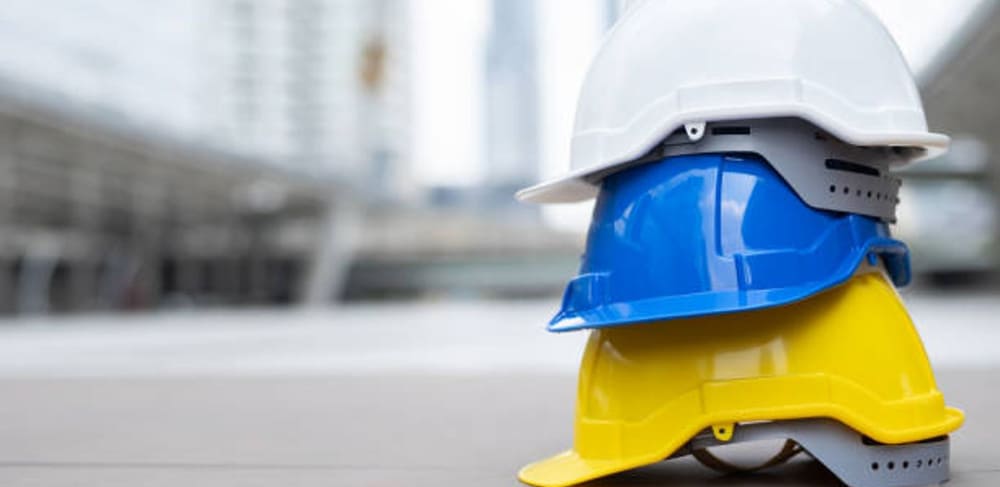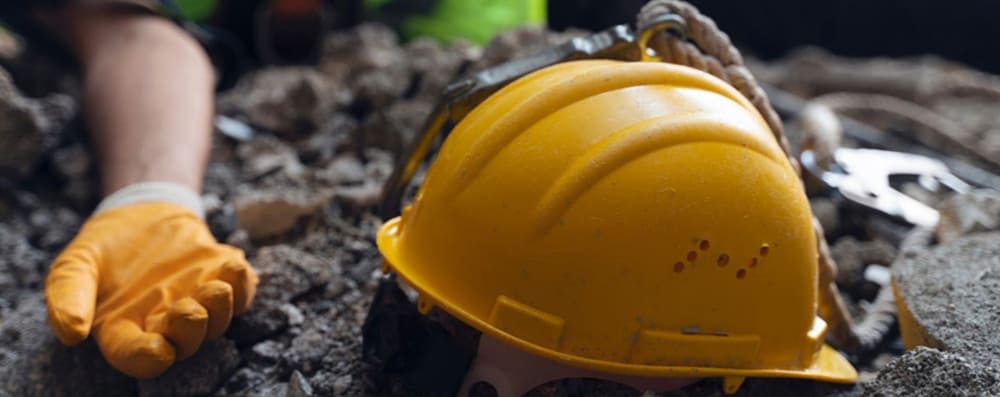Finding the Best Safety Helmet for Construction Work

Safety helmets are an essential piece of protective equipment for workers in the construction industry. They help prevent head injuries and can even save lives. But with so many options on the market, how do you know which helmet is the best for your needs? In this article, we will explore some of the features to look for when selecting the best safety helmet for construction work.
First and foremost, the helmet should meet safety standards set by regulatory bodies in your region. This ensures that the helmet has been tested and certified to provide adequate protection against common hazards on construction sites, such as falling debris or impacts from machinery. Look for helmets that are certified by organizations such as OSHA, ANSI, or CSA.
Next, consider the materials used to construct the helmet. High-quality materials such as polycarbonate or ABS plastic can offer superior impact resistance and durability compared to lower quality materials. The interior padding should also be comfortable and moisture-wicking, to prevent discomfort and irritation during prolonged use.

Another important feature to consider is the helmet's ventilation system. Construction work can be physically demanding, and workers can easily become overheated in hot environments. A well-designed ventilation system can help circulate air and keep the wearer cool and comfortable, reducing the risk of heat exhaustion or fatigue.
Finally, the fit of the helmet is crucial. A helmet that is too loose or too tight can compromise its protective abilities, as well as cause discomfort or distraction for the wearer. Look for helmets with adjustable straps and suspension systems to ensure a snug and secure fit.
In addition to these essential features, there are also optional features that can enhance the usability and convenience of the helmet. For example, some helmets come with integrated lighting systems for improved visibility in low-light conditions, or with visors or face shields to protect against sun glare or airborne debris.
In summary, the best safety helmet for construction work should meet safety standards, be made of high-quality materials, have a well-designed ventilation system, fit properly, and optionally come with additional features for enhanced usability. By taking these factors into account, you can select a helmet that will provide maximum protection and comfort on the job site.










